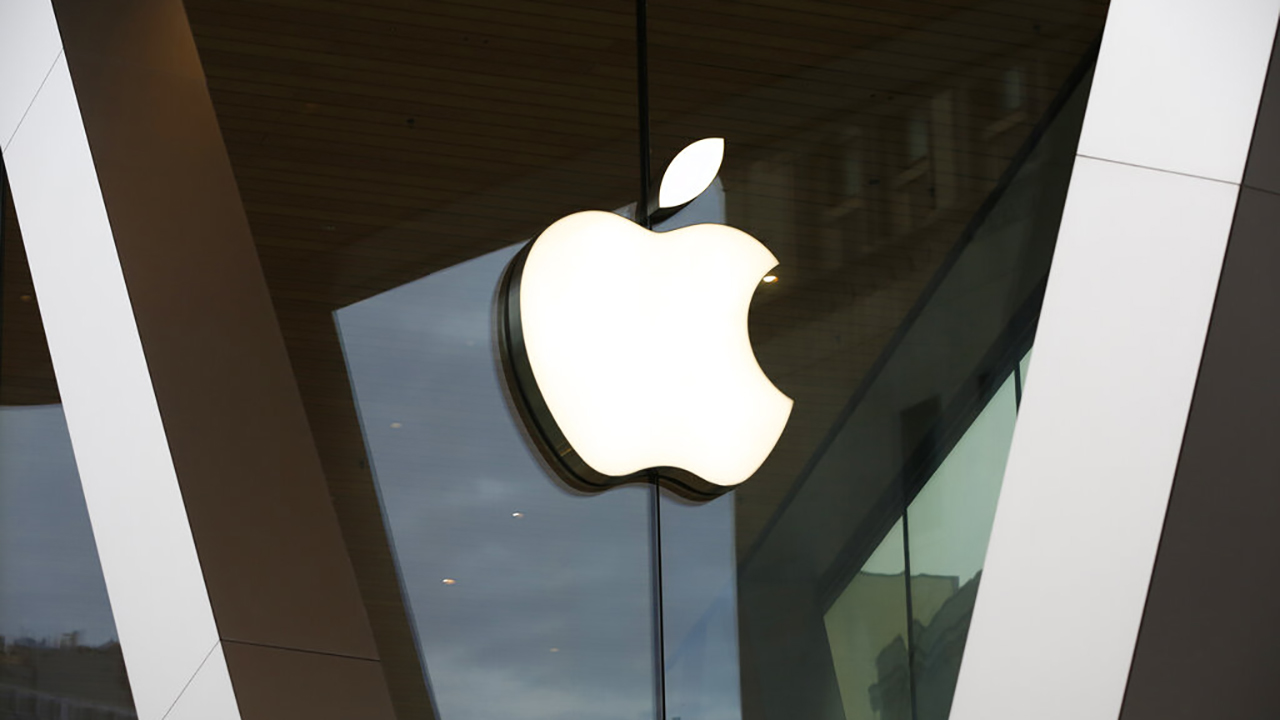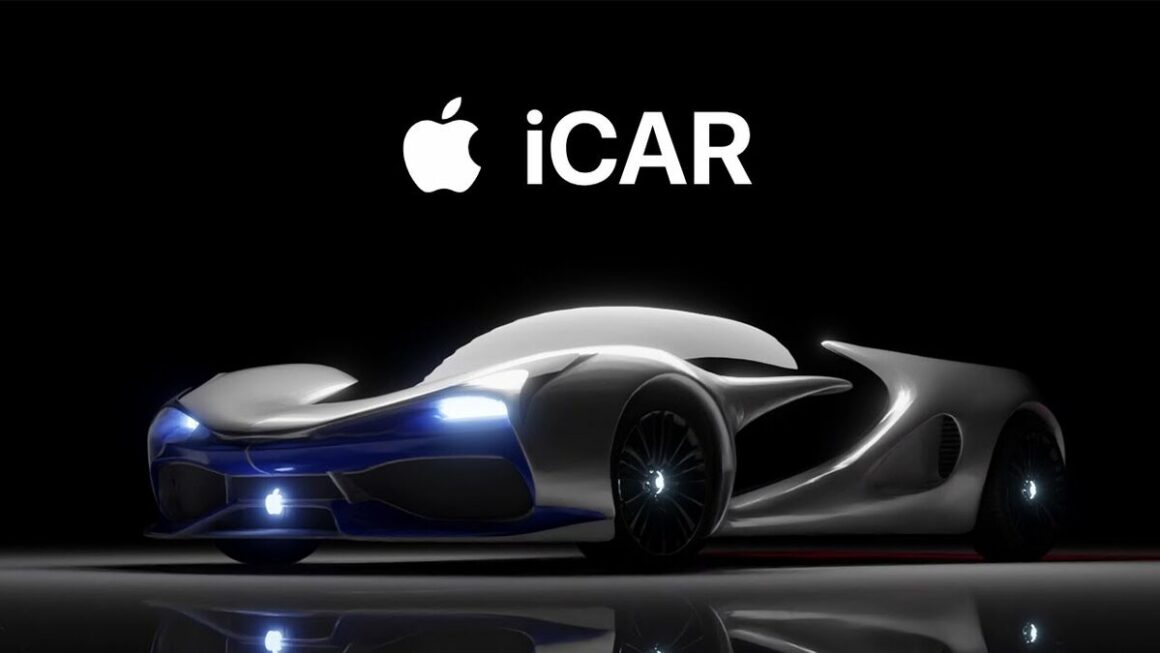Apple Inc., founded by Steve Jobs, Steve Wozniak, and Ronald Wayne in 1976, is a multinational technology company that has become a global icon and a symbol of innovation. From its humble beginnings in a garage, Apple has grown into one of the world’s most valuable companies, revolutionizing numerous industries along the way.
Apple’s introduction to the world was marked by its groundbreaking personal computers. The release of the Apple II in 1977, followed by the Macintosh in 1984, brought user-friendly computing to the masses and set the stage for Apple’s future success. These early products showcased Apple’s commitment to innovation, design, and intuitive user experiences.
However, Apple’s true transformation came in the late 1990s when Steve Jobs returned to the company as CEO. Under his leadership, Apple underwent a radical shift in its product strategy and branding. Jobs aimed to create a company that seamlessly integrated technology and design, offering a holistic user experience that transcended individual products.
In 2001, Apple introduced the iPod, a portable digital music player that revolutionized the music industry. The iPod’s sleek design, simple interface, and seamless integration with iTunes made it a cultural phenomenon and solidified Apple’s position as a trendsetter. The subsequent introduction of the iTunes Store further disrupted the music industry by providing a legal and convenient platform for digital music distribution.
In 2007, Apple once again reshaped the consumer electronics landscape with the introduction of the iPhone. The iPhone combined a revolutionary touch interface, a mobile phone, and an internet communication device into a single device. Its sleek design, user-friendly interface, and App Store ecosystem transformed the way people communicate, consume media, and interact with technology.
Building upon the success of the iPhone, Apple continued to innovate with the introduction of the iPad in 2010, creating a new category of tablet devices. The iPad offered a portable and immersive computing experience, redefining how people consumed digital content, worked, and played.
Apple’s introduction of these groundbreaking products was accompanied by a powerful and distinct marketing approach. The company emphasized simplicity, elegance, and lifestyle aspirations in its marketing campaigns, creating an emotional connection with consumers. Apple’s “Think Different” campaign and its iconic “1984” Super Bowl commercial became legendary examples of advertising that resonated with audiences on a deeper level.
Furthermore, Apple’s introduction of its retail stores in 2001 allowed the company to control the customer experience from beginning to end. Apple Stores provided a unique environment where customers could interact with products, receive personalized assistance, and participate in workshops and events. This approach elevated the retail experience and became a critical component of Apple’s brand identity.
In recent years, Apple has expanded its product portfolio to include services like Apple Music, Apple TV+, Apple Arcade, and Apple Fitness+, further solidifying its ecosystem and creating new revenue streams. With each new introduction, Apple continues to push the boundaries of technology, design, and user experience, captivating consumers and maintaining its position as a leading innovator in the industry.
The Apple Marketing Phenomenon: Unveiling the Strategies Behind its Unparalleled Success
Apple, the technology giant founded by Steve Jobs, has become synonymous with innovation, sleek design, and a loyal customer base. With its iconic products like the iPhone, iPad, and Mac, Apple has revolutionized the consumer electronics industry. This article delves into the intricate details of Apple’s marketing strategies, exploring the key elements that have contributed to its unparalleled success, brand recognition, and customer loyalty.
Product Design and User Experience: Apple’s marketing strategies revolve around product design and delivering exceptional user experiences. The company places a strong emphasis on sleek, minimalist design, premium build quality, and intuitive user interfaces. Apple’s products are designed to seamlessly integrate hardware, software, and services, creating a cohesive ecosystem that enhances the user experience. By prioritizing design and user-centric features, Apple differentiates itself from competitors and creates a strong emotional connection with its customers.
Brand Positioning and Differentiation: Apple’s marketing strategies focus on brand positioning and differentiation. The company positions itself as a provider of premium, high-quality products that deliver a seamless and intuitive user experience. Apple emphasizes its commitment to innovation, cutting-edge technology, and meticulous attention to detail. By differentiating itself from competitors through its brand image and unique value proposition, Apple appeals to consumers seeking status, style, and technological sophistication.
Closed Ecosystem and Vertical Integration: One of Apple’s distinctive marketing strategies is its closed ecosystem and vertical integration. Apple tightly controls its hardware, software, and services, creating a seamless and interconnected user experience. By offering a comprehensive ecosystem that encompasses devices, operating systems (iOS and macOS), App Store, iCloud, and services like Apple Music and Apple Pay, Apple enhances customer loyalty and retention. This ecosystem approach encourages users to remain within the Apple ecosystem, creating a virtuous cycle of repeat purchases and increased engagement.
Innovative Product Launches: Apple’s marketing strategies are exemplified by its meticulously planned and highly anticipated product launches. The company generates significant buzz and excitement around its new product releases, building anticipation through carefully orchestrated marketing campaigns, teaser videos, and media events. Apple leverages its brand loyalty and cult-like following to create a sense of exclusivity and desire for its latest offerings. This marketing approach generates media attention, drives pre-orders, and fuels the perception that Apple products are must-have items.
Emotional Branding and Storytelling: Apple employs emotional branding and storytelling to create a deep connection with its audience. The company’s marketing campaigns often evoke emotions, focusing on themes such as creativity, empowerment, and human connection. Apple’s advertisements highlight how its products can enrich lives, inspire creativity, and enable personal growth. By tapping into consumers’ aspirations and desires, Apple forges an emotional bond that extends beyond the functional benefits of its products.
Retail Experience and Customer Service: Apple’s marketing strategies extend to its retail experience and customer service. Apple Stores are designed to be immersive, inviting, and educational spaces where customers can interact with products, receive personalized assistance, and attend workshops and events. The company emphasizes customer service excellence, ensuring that Apple Store employees are knowledgeable, friendly, and attentive. This emphasis on the retail experience enhances brand perception, fosters customer loyalty, and drives word-of-mouth recommendations.
Strategic Partnerships and Collaborations: Apple leverages strategic partnerships and collaborations to expand its reach and enhance its brand. The company has formed alliances with prominent brands, such as Nike and Hermès, to create co-branded products and special editions that appeal to specific target markets. Apple also collaborates with software developers, musicians, artists, and content creators to offer exclusive apps, services, and content. These partnerships bolster Apple’s brand image, broaden its customer base, and drive excitement and engagement.
Apple’s marketing strategies encompass product design, user experience, brand positioning, closed ecosystem, innovative product launches, emotional branding, retail experience, customer service, and strategic partnerships. Through these strategies, Apple has established a powerful and distinctive brand that resonates with consumers worldwide. By continuously delivering exceptional products and experiences, Apple maintains its position as a leader in the technology industry, setting trends and inspiring consumer loyalty like no other.
Marketing Mix of Apple
Apple Inc., known for its innovative and groundbreaking products, has captivated the world with its seamless integration of technology, design, and user experience. Behind Apple’s success lies a meticulously crafted marketing mix that combines the right elements to create a powerful and distinctive brand. In this article, we will delve into the details of Apple’s marketing mix, exploring the key components that contribute to its enduring success and consumer appeal.
Product: At the core of Apple’s marketing mix is its product strategy. Apple’s range of devices, including the iPhone, iPad, Mac, and Apple Watch, exemplify the company’s commitment to innovation, quality, and design excellence. The products feature sleek aesthetics, premium materials, and cutting-edge technology, creating a sense of desire and differentiation in the market. Apple’s focus on creating user-friendly and intuitive devices sets its products apart, making them highly sought after by consumers.
Price: Apple’s pricing strategy reflects the premium nature of its products. The company positions itself as a provider of high-quality, luxury devices and charges a premium price to match. Apple’s pricing strategy not only conveys a sense of exclusivity and status but also supports the perception of superior value and quality. Despite the higher price points, Apple maintains a loyal customer base that is willing to pay for the brand’s reputation, design, and overall user experience.
Promotion: Apple’s promotional efforts are known for their simplicity, elegance, and emotional appeal. The company’s marketing campaigns often focus on highlighting the unique features and benefits of its products, showcasing how they can enhance users’ lives. Apple’s advertisements are meticulously crafted to create a sense of aspiration and desire, emphasizing the emotional connection users can have with their devices. Apple leverages various channels, including television, online platforms, and its own retail stores, to promote its products and engage with its target audience.
Place: Apple’s distribution strategy plays a significant role in its marketing mix. The company has established a global network of Apple Stores, which serve as flagship locations for customers to experience the brand firsthand. Apple Stores provide a unique retail environment where customers can interact with products, receive personalized assistance, and participate in workshops and events. In addition to its retail stores, Apple also sells its products through authorized resellers, online platforms, and partnerships with telecom carriers, ensuring broad accessibility and reach.
People: Apple’s marketing mix places great emphasis on its people, including its employees and customer support teams. Apple Store employees are known for their expertise, passion, and ability to provide exceptional customer service. The company invests in training and development to ensure that its employees can effectively communicate the value and features of its products. Apple’s dedication to customer support further enhances the overall customer experience, contributing to brand loyalty and advocacy.
Process: Apple’s marketing mix also encompasses the processes involved in the customer journey, from pre-purchase to post-purchase. The company strives to create a seamless and user-friendly experience at every touchpoint, whether it’s through its website, retail stores, or customer support channels. Apple’s emphasis on simplicity, ease of use, and intuitive interfaces extends to its processes, ensuring that customers can easily navigate and engage with its products and services.
Physical Evidence: While intangible, Apple’s marketing mix includes elements of physical evidence that support the brand experience. The sleek and minimalist design of Apple’s retail stores, packaging, and product displays convey a sense of premium quality and attention to detail. These physical elements contribute to the overall perception of the brand and reinforce Apple’s commitment to aesthetics and design excellence.
Apple’s marketing mix incorporates the key elements of product, price, promotion, place, people, process, and physical evidence. By focusing on innovation, design excellence, and user experience, Apple has created a powerful and distinctive brand that resonates with consumers worldwide. Through its meticulously crafted marketing mix, Apple continues to set trends, drive customer loyalty, and maintain its position as a leader in the technology industry.
Also Read: Apple And The Strategies That Made It A Synonym Of Innovation And Success
To read more content like this, subscribe to our newsletter



